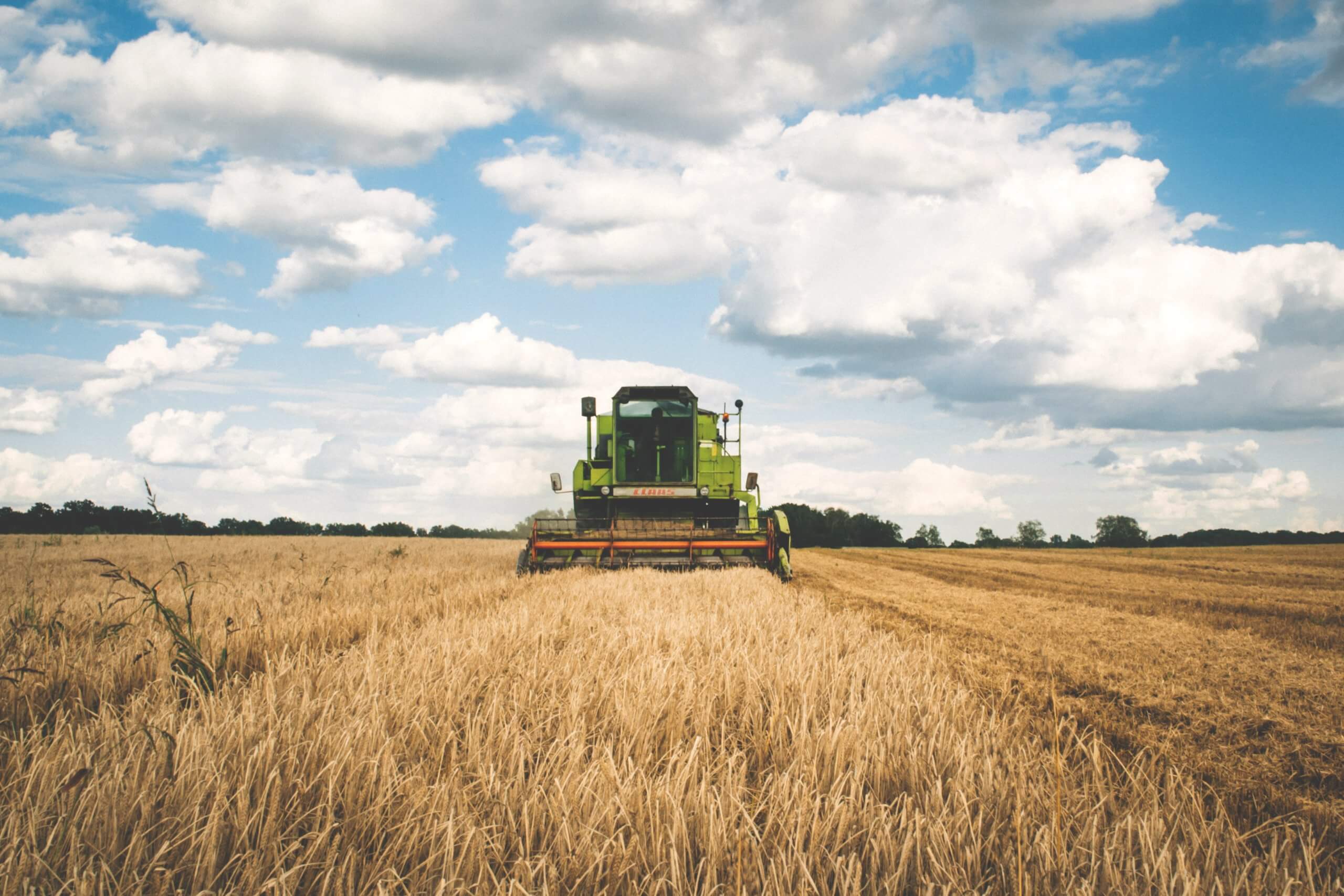 It’s that time of year again when farms around the country have several types of equipment out in full force facing the task of keeping food on our tables. According to the 2016 Agricultural Census, Canada has over 640 000 km2 of farmland. All this land has to be insured, and with insurance comes the inevitability of claims.
It’s that time of year again when farms around the country have several types of equipment out in full force facing the task of keeping food on our tables. According to the 2016 Agricultural Census, Canada has over 640 000 km2 of farmland. All this land has to be insured, and with insurance comes the inevitability of claims.
Insurers in Canada are very familiar with the risks associated with farming; crop loss, grass fires, hail damage, collisions involving farm equipment, bodily injury claims, the list goes on. Of particular interest to mechanical engineers and Certified Fire and Explosion Investigators (CFEI’s), are farm equipment losses. Whether it be mechanical failure or fire, resulting damages can be high and may include crop loss and equipment rental expenses, as well as the cost of the machine itself. To top it off, as farms have continued to grow and amalgamate, farmers have invested in bigger and better equipment to farm more acres. For example, the simple all-purpose tractor. Engine horsepower was generally below 100 until the late 1980s, but now large commercially available tractors are easily exceeding 500 hp. Of course, the price tag on such equipment has escalated proportionally.
Investigating insurance losses related to these large, complex pieces of equipment comes with new and unique challenges. As engineers and fire investigators, here are some thoughts on how our investigations are being affected by this new equipment:
1. Electronics:
New farm equipment is outfitted with state of the art electronics, devices and tools. With an increased number of sensors, diagnostic tools, and GPS, nothing is left to chance.
The Effect:
Increased electronics and diagnostics are a double-edged sword. As many of you might know from recent car experiences, the more electronics, the more that can go wrong. Increased electronics come with an increased battery and alternator load, as well as an increase in the number of ignition sources in the tractor. Microscopic flaws in printed circuit boards, high resistance connections and chafing wires are some of the ways these electronics can contribute to the ignition and growth of a fire. On the flip side, increased electronics often increases the value of witness statements and may provide more information after the fire. Farmers are often in tune with their machines, and diagnostic trouble codes and warning lights are often noticed and relayed to the investigator by the equipment operator following the loss. A growing number of tractors, and other heavy equipment are also equipped with technology that can transmit diagnostic codes off the machine to dealers, manufacturers, or the farmer live. This can provide valuable information in the determination of the origin and cause of a fire or the cause of a mechanical failure, even if the machine is completely consumed by fire.
2. Operation Time & Efficiency:
Newer farm equipment is more fuel-efficient and can often carry larger fuel tanks than previous models. This results in farmers spending more time in the field with fewer breaks or trips back to the shop to fill up. In addition, to make the tractors more efficient, and cleaner, there is an increased use of turbochargers, and regeneration cycles (a cycle by which temperatures are elevated in exhaust components to burn off accumulated diesel particulate). These are partially brought about by increased emission standards on diesel engines by jurisdictions such as California, which then carry-over into our area.
The Effect:
More time out in the field means an increased demand on the tractors and less time for maintenance and cleaning. This can often lead to increased build-up of crop debris around various tractor components. While it may seem harmless, the build-up of crop debris can have serious consequences. Due to its low-ignition temperature, dry crop debris can ignite on hot surfaces such as exhaust components or turbochargers, which, as we read above, are becoming more common. The accumulation of ignitable debris in rotating components can cause increased friction, leading to heat and fire. Furthermore, the emission standards recently set out are leading to higher than normal exhaust and engine temperatures, increasing the risk of a fire with combustibles present.
3. Plastic Plastic Plastic:
Similar to the regular passenger vehicle, equipment manufacturers have often moved to plastic over metal to save costs, weight and time in the manufacture of their machines.
The Effect:
Plastic is much more combustible than metal and can quickly propagate fires. The result is that fires can frequently result in complete burns and total losses rather than being quickly extinguished by the operator. In addition, plastic components are more likely to break over time, requiring more maintenance. Items such as zip ties and plastic cabling clamps, when broken, can allow wires to dangle loosely. During the use of the tractor, dangling wires can chafe due to vibration and wear through their protective insulation, potentially increasing the risk of a fire.
Farmers are taking steps to mitigate some of these increased risks. Recent trends include carrying portable air compressors on the tractor to blow off crop debris in the middle of a run and having several portable fire extinguishers on hand. However, some of the risks cannot be as easily mitigated at the operator level. One thing is for sure, you can expect the complexity of tractors to continue to increase to meet the modern farm’s needs, and the complexity of handling these types of claims to increase with it.
Agricultural Census: https://www.statcan.gc.ca/eng/ca2016
